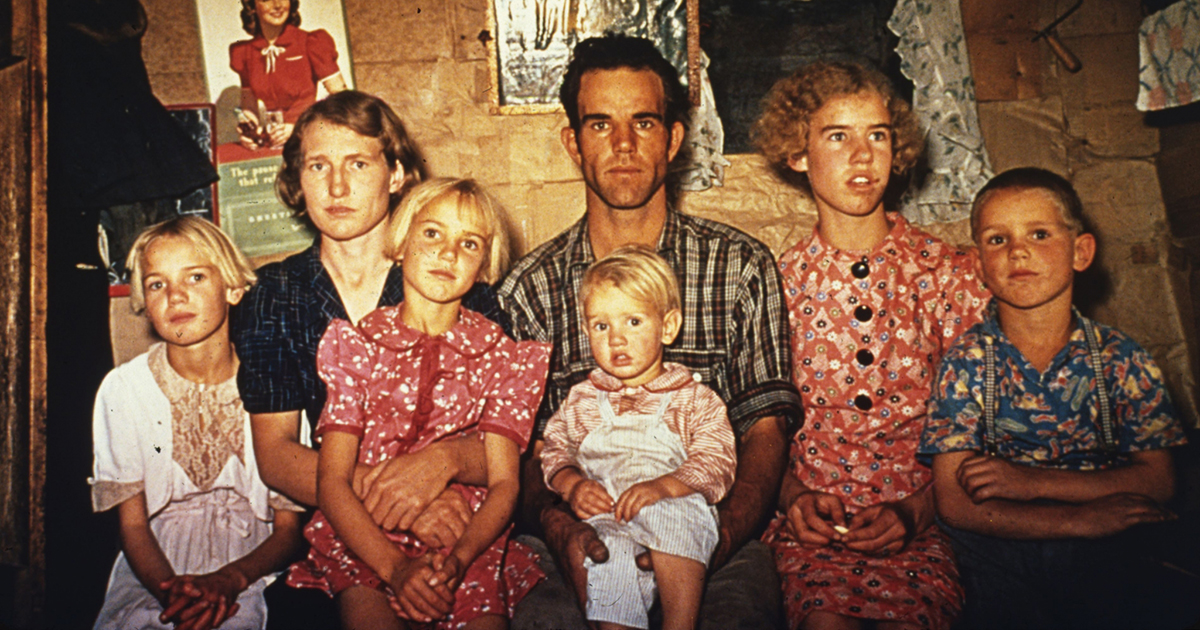Most people have learned about the Great Depression through black-and-white photos in history books. The gray tones make that devastating era seem like it had happened so long ago. Many people feel detached from that time. However, there are those alive today who have lived through it firsthand. Still, it’s hard to get an idea of what life back then was really like. The Library of Congress released an anthology of color photos of the Great Depression. Full-color pictures from that era are extremely rare, but they paint a more vivid picture of the world back then. The initial hit of the Depression came in 1929, and this anthology’s photos mostly take place during the late 1930s to the 1940s, just when the nation slowed back on its feet after a decade of bankruptcy and poverty. It’s incredible to think that these people endured the terror and heartache of World War I, to enter the decade of hope in the 1920s, only to land into even more devastation. [1]
Here are 20 of the color photos from the Library of Congress album

1940: Jack Whinery and his family in their house in New Mexico. Their community in Pie Town was formed by migrant farmers from Texas and Oklahoma. There are so many stories behind each photo, from family portraits to barbeques to day jobs that don’t exist anymore. Better yet, the color highlights every shadow and line of the people’s faces. It’s riveting to wonder what these people were thinking and feeling when their picture was captured.
Read: 12 Photos That Prove We Have No Idea How Food Grows
1940: People gathering for a barbeque dinner in Pie Town

New Mexico. You’ll notice that many of these photos take place in Pie Town, New Mexico. Photographer Russell Lee worked with the Department of Agriculture and visited there to document how the residents were living during those tough times. His photography style is akin to the documentary photography genre we know of today. Aside from being ahead of his time, his work is marvelous. [2]
A woman holding a homemade quilt
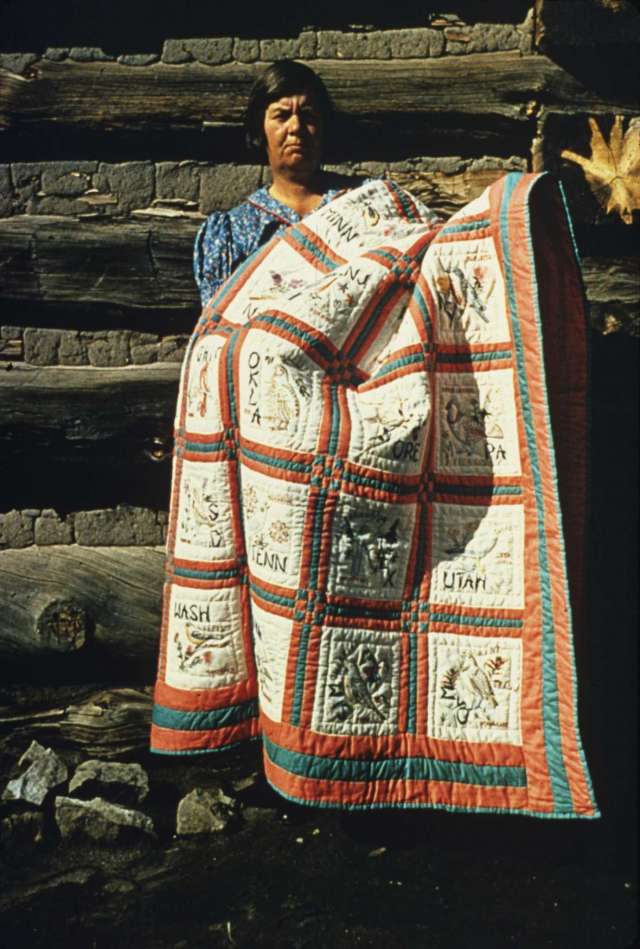
These vivid images offer an unparalleled glimpse into a time often seen through the lens of black and white. The addition of color breathes new life into these historical moments, bringing forth the emotions, hardships, and resilience of individuals facing one of America’s most challenging eras.
Men eating at a barbeque together
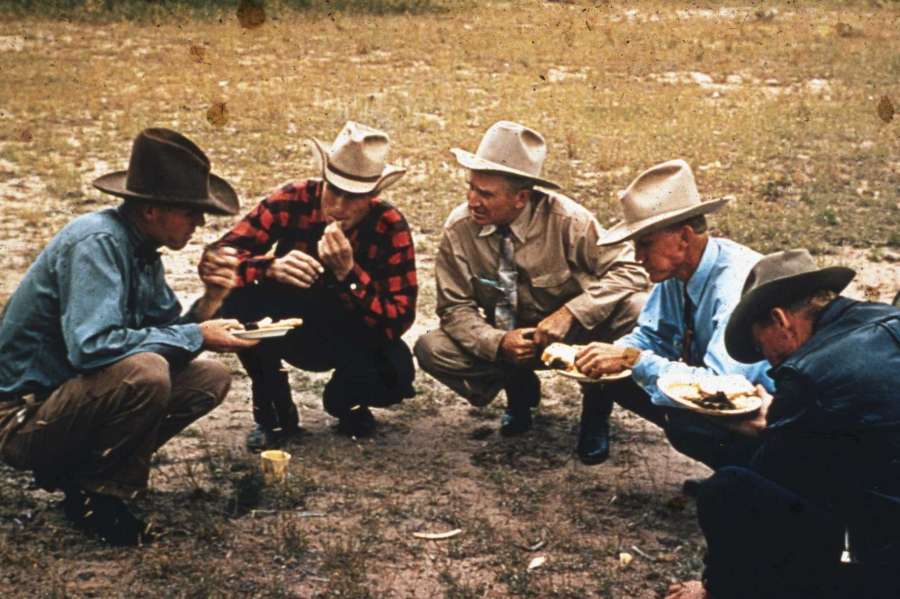
Each photograph encapsulates a story, revealing the human experience amidst economic turmoil. From bustling city streets to rural landscapes, the collection showcases the diverse facets of life during the Depression. The vibrant hues contrast with the grim realities, creating a powerful visual narrative that resonates deeply with viewers.
A woman working in a cabbage field
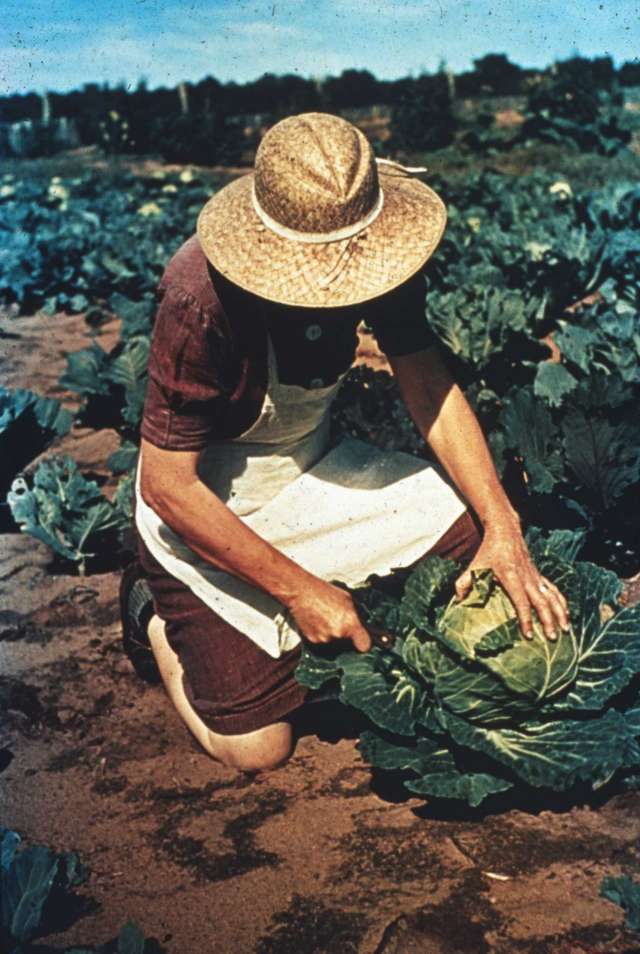
In these images, one witnesses the resilience of the human spirit. Families, adorned in colorful but worn clothing, navigate through the trials of poverty and uncertainty. Children playing amidst dilapidated neighborhoods evoke a sense of innocence amidst adversity, while adults working tirelessly showcase the determination to persevere despite overwhelming challenges.
A farm auction in Derby, Connecticut, toward the end of the Depression
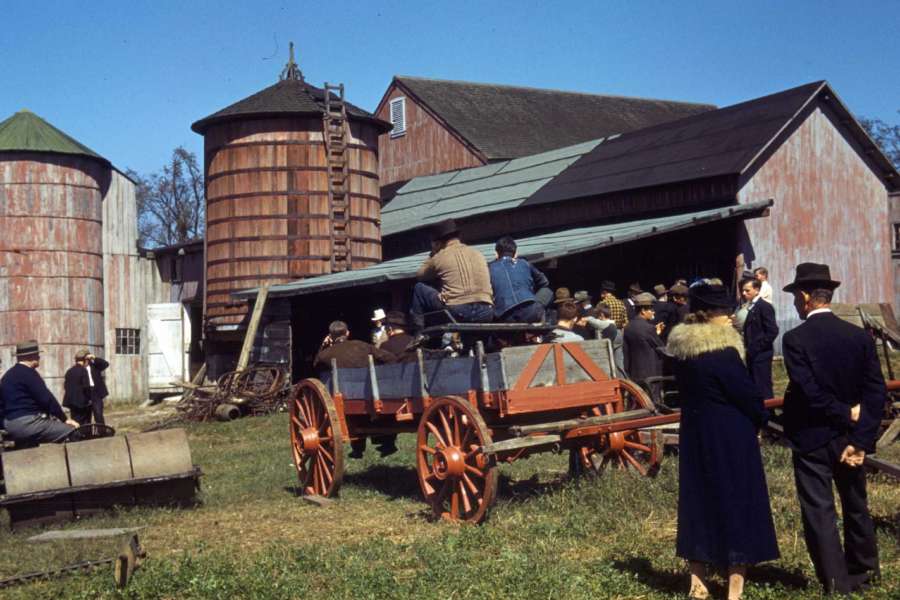
The anthology also sheds light on the cultural diversity prevalent during that era. Color photographs capture the varied communities and their unique ways of life, illustrating the multicultural tapestry woven into the fabric of American society even during difficult times. These images serve as a testament to the strength found in unity and diversity.
Black migratory workers outside shacks in 1941

Furthermore, the technological advancement allowing for these color photographs during a time when the medium was predominantly black and white provides a valuable historical perspective. It highlights the evolving artistry and technology in photography, offering a bridge between the past and present.
Houses in Belle Glade, Florida, were condemned by the Board of Health, but black migratory workers lived in them
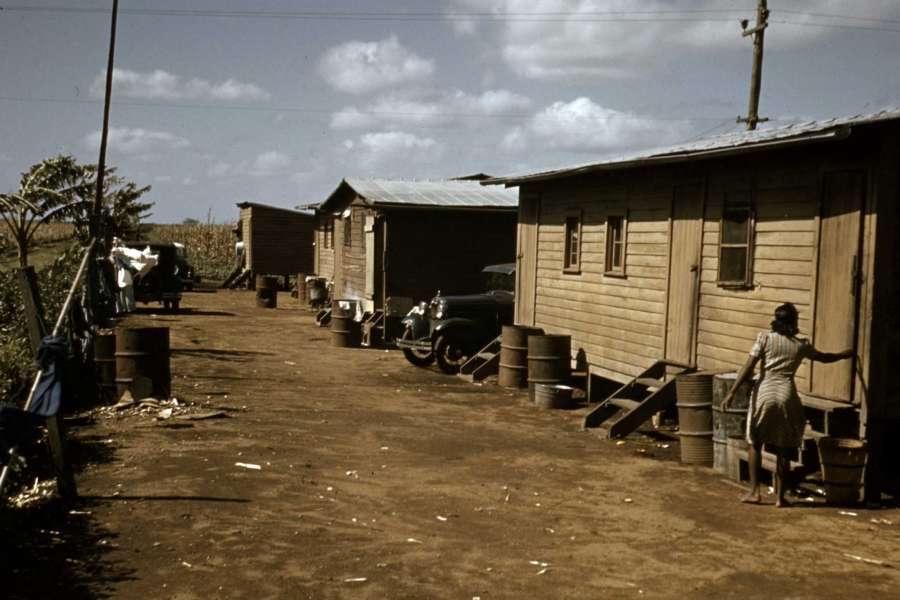
Each photograph is a time capsule, transporting viewers back to an era marked by hardship but also characterized by a sense of solidarity and shared humanity. The vibrant colors serve as a stark contrast to the bleak economic landscape, evoking a sense of nostalgia while emphasizing the perseverance ingrained in the American spirit.
Read: A 1970 Law Led to the Mass Sterilization of Native American Women. That History Still Matters
A young boy in Cincinnati, Ohio, in 1942 or 1943
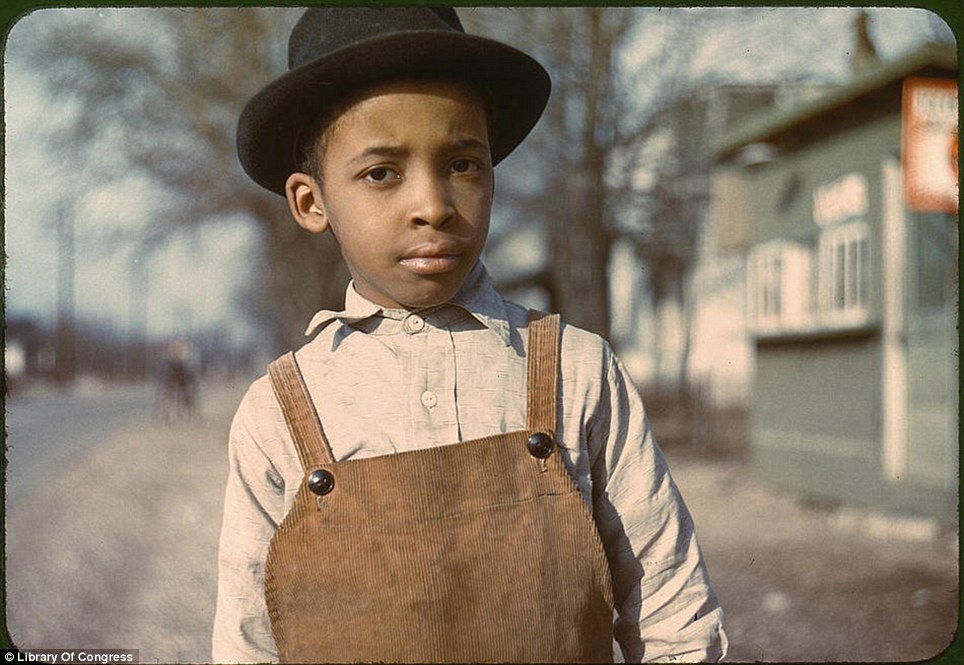
Moreover, the release of this anthology by the Library of Congress serves as an educational resource, enriching our understanding of the Great Depression beyond textbooks and written accounts. It allows for a more visceral and emotional connection to the past, fostering empathy and a deeper appreciation for the struggles faced by previous generations.
A homesteader and his kids eating at a barbeque at the New Mexico Fair in Pie Town
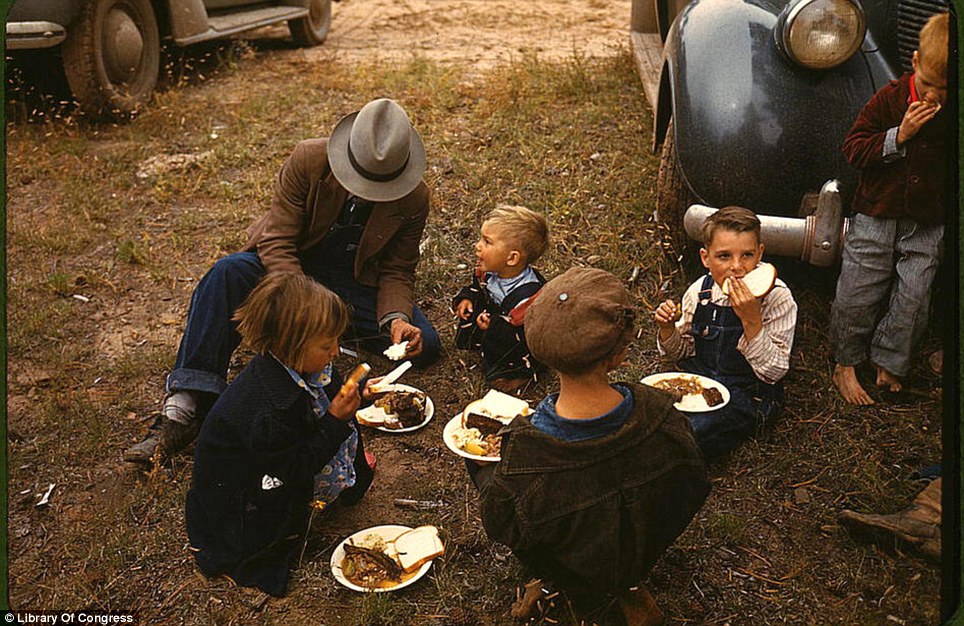
The photographers behind these images, often unsung heroes, captured fleeting moments that now serve as a timeless reflection of an era defined by both adversity and fortitude. Their dedication to documenting everyday life during such tumultuous times is invaluable, preserving a crucial part of history for future generations.
June 1940: Two boys fishing in a bayou in Schriever, Louisiana

One cannot help but marvel at the resilience and resourcefulness displayed by individuals in these photographs. From makeshift shelters to communal gatherings, the images portray the ingenuity and communal support that emerged amidst dire circumstances.
April 1943: Welder Mike Evans by the rip tracks at the Proviso yard of the Chicago and Northwest Railway Company in Chicago, Illinois
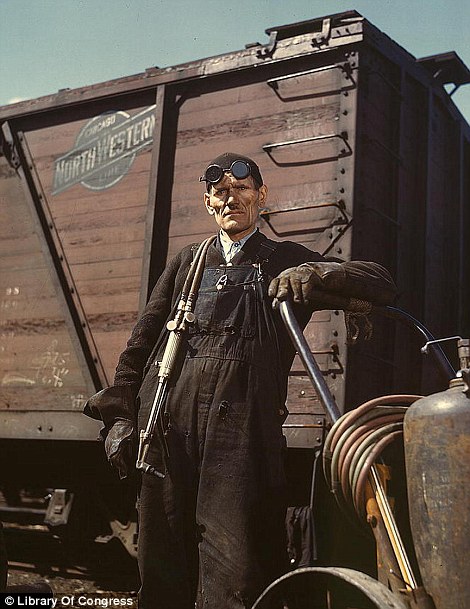
The color palette used in these photographs, carefully preserved over the years, adds a layer of authenticity and immediacy to the scenes depicted. It allows for a more intimate connection with the subjects, humanizing their experiences and making their struggles more palpable.
April 1943: Mrs. Viola Sievers steam-cleaning a huge ‘H’ class locomotive in Clinton, Iowa
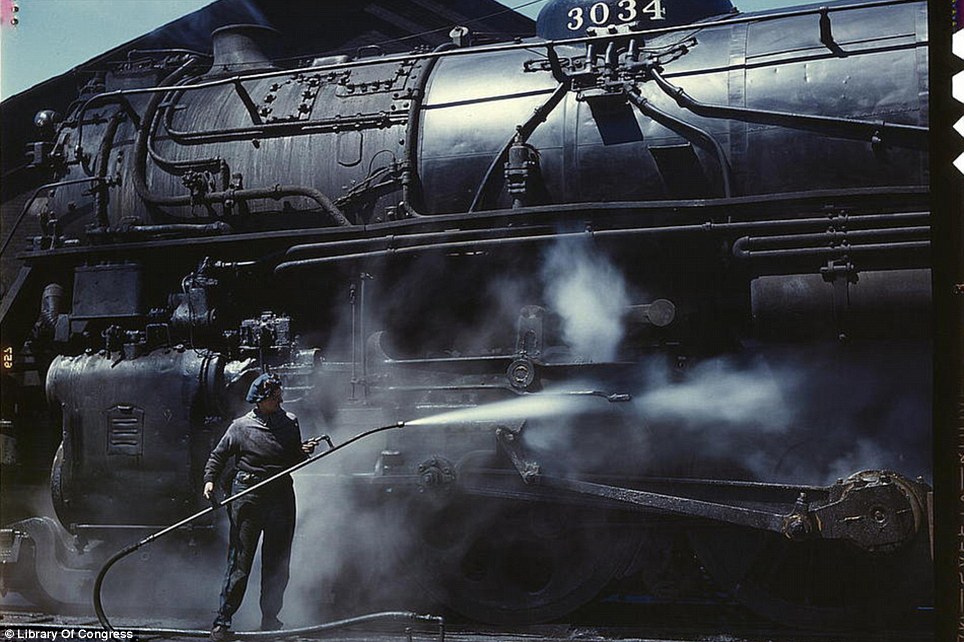
The anthology serves as a reminder of the cyclical nature of history and the lessons that can be gleaned from past hardships. It prompts reflection on societal progress and the importance of empathy and support systems during times of crisis.
April 1943: Women workers in the roundhouse taking a lunch break in at the Chicago and Northwest Railway Company in Clinton, Iowa.
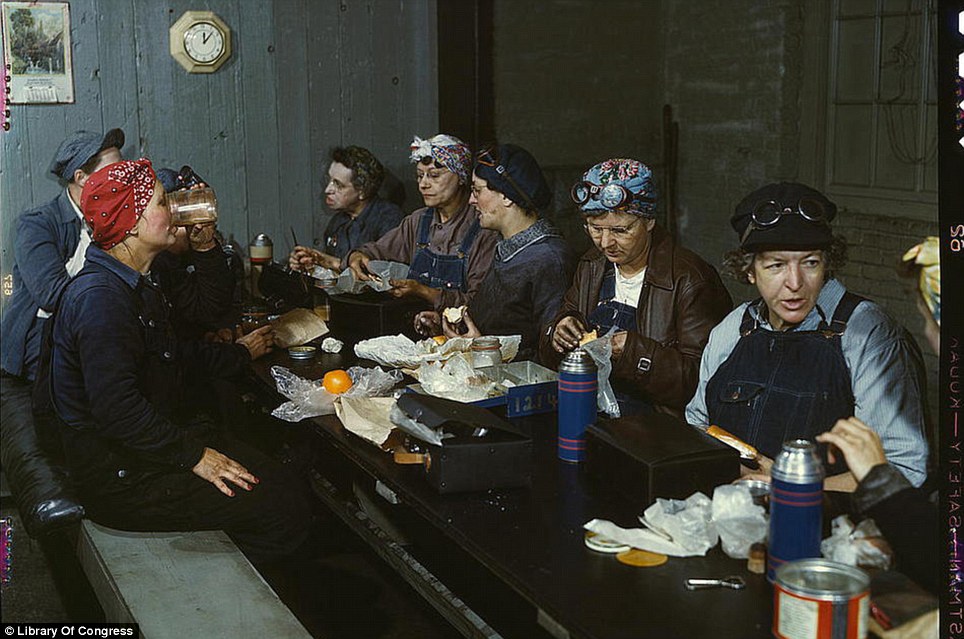
Furthermore, the release of these color photographs reinvigorates interest in historical photography and its significance in preserving collective memory. It emphasizes the importance of archiving and preserving visual records for future generations to comprehend the complexities of the past.
September 1940: A boy hauling crates of peaches from an orchard to prepare them for shipping in Delta County, Colorado
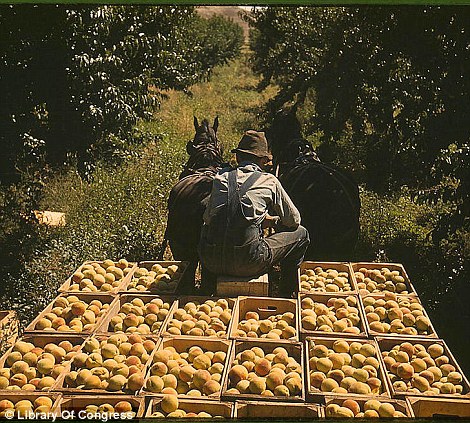
The images within the anthology transcend mere documentation; they are a testament to the enduring power of visual storytelling. They allow us to bear witness to moments of both despair and hope, encapsulating the human experience in its rawest form.
Read: 15 Powerful Photographs That Will Impress Even The Most Cynical Person
Jack Whinery’s dugout home and garden in Pie Town, New Mexico

In a world where the Great Depression might seem like a distant chapter in history books, these color photographs bridge the temporal gap, making the past feel remarkably close and tangible.
1942: Outside the Chicago and Northwest Railway Company in Clinton, Iowa
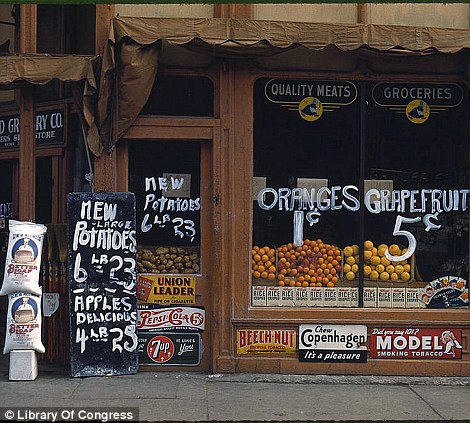
The anthology’s release by the Library of Congress not only celebrates the artistry and historical significance of these photographs but also honors the resilience and fortitude of those who lived through the tumultuous era of the Great Depression.
October 1940: The Faro Caudill family having dinner in their dugout home in Pie Town

Ultimately, this anthology stands as a testament to the enduring legacy of the human spirit in the face of adversity, encapsulating a pivotal period in American history through a vivid and poignant visual narrative.
October 1940: The distribution of surplus commodities in St Johns, Arizona

The anthology’s release marks a pivotal moment in historical documentation, offering a fresh perspective on an era often characterized by grayscale imagery. The addition of color breathes new life into these captured moments, making the experiences of individuals during the Depression era feel more relatable and immediate to contemporary audiences.
June 1942: A welder created a boiler for a ship at the Combustion Engineering Company in Chattanooga, Tennessee

The color photographs curated by the Library of Congress present an intriguing juxtaposition between the stark realities of the Great Depression and the vibrancy of human emotion. Each image, meticulously captured in color, portrays not just the economic hardship but also the profound resilience and moments of unexpected joy amidst adversity.
Keep Reading: Mom of 4 Showed What Childhood Is Like Without TV and Gadgets
References:
- ” Take a Look at These Rare Colored Photos of the Great Depression.” Tip Hero.
- “See rare color photos from the Dust Bowl during the Great Depression.” Daniela Sternitzky-Di Napoli. Houston Chronicle. March 31, 2016
